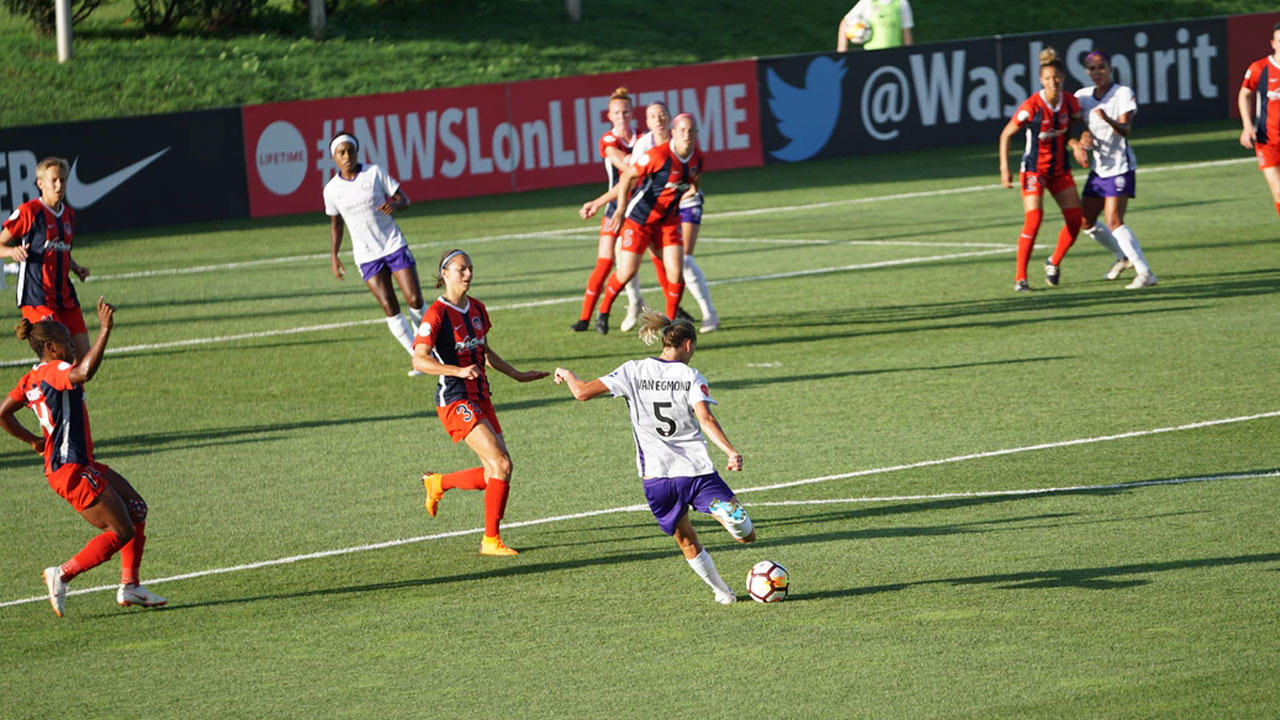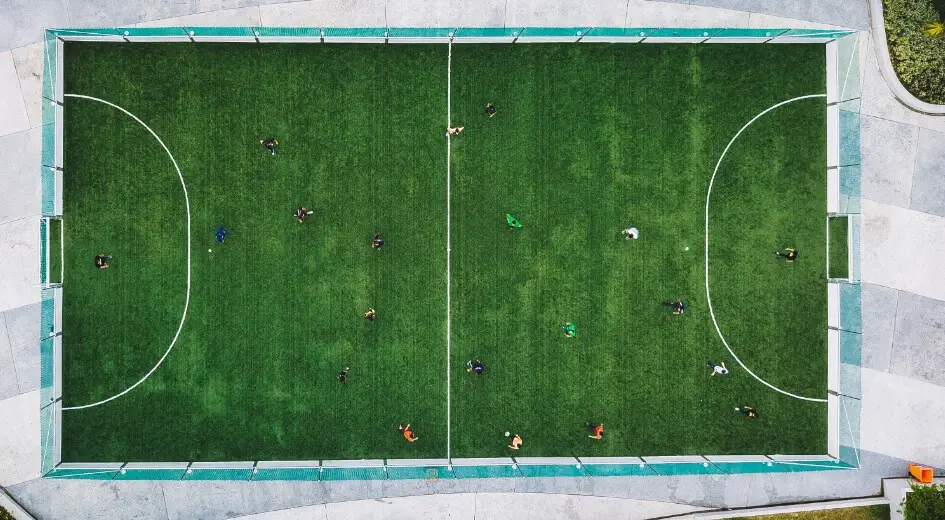I. Introduction
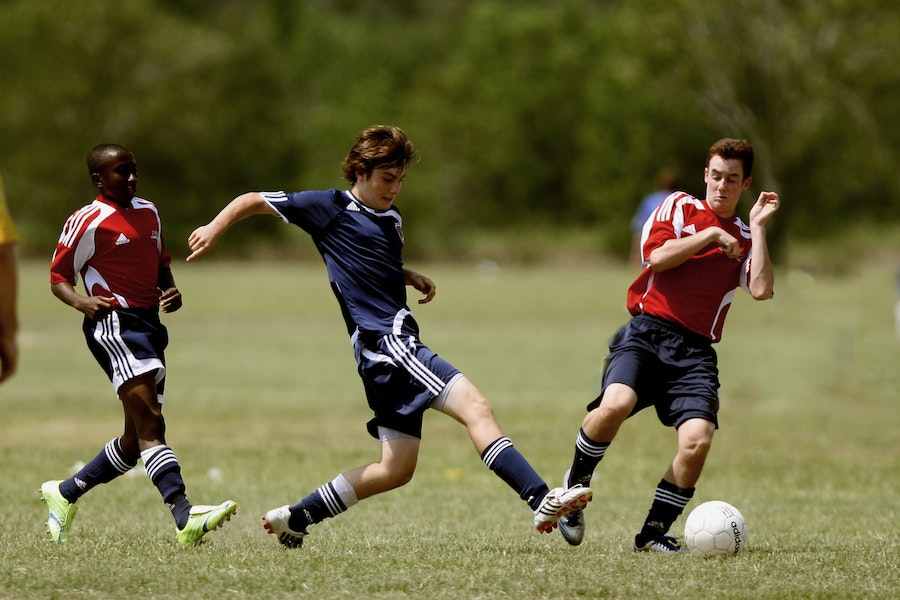
The quarterback position in football is widely regarded as the toughest position on the field. It requires a unique combination of physical and mental abilities, as well as strong leadership skills. In this blog post, we will delve into the essence of the quarterback position, highlighting the challenges and demands faced by these players.
A. Mastering the art of decision-making under intense pressure
One of the primary responsibilities of a quarterback is to make critical decisions in the heat of the moment. With the clock ticking and the opposing defense bearing down, quarterbacks must quickly evaluate the situation and decide the best course of action. This requires a remarkable ability to read and analyze the defense, identifying weaknesses and potential areas of opportunity.
Furthermore, quarterbacks must possess the mental acuity to execute split-second decisions and adjust game plans as needed. They must be able to process information rapidly and make necessary adjustments to exploit weaknesses in the defense. This combination of mental agility and quick decision-making skills is what sets apart the elite quarterbacks from the rest.
B. The physical demands and challenges faced by quarterbacks
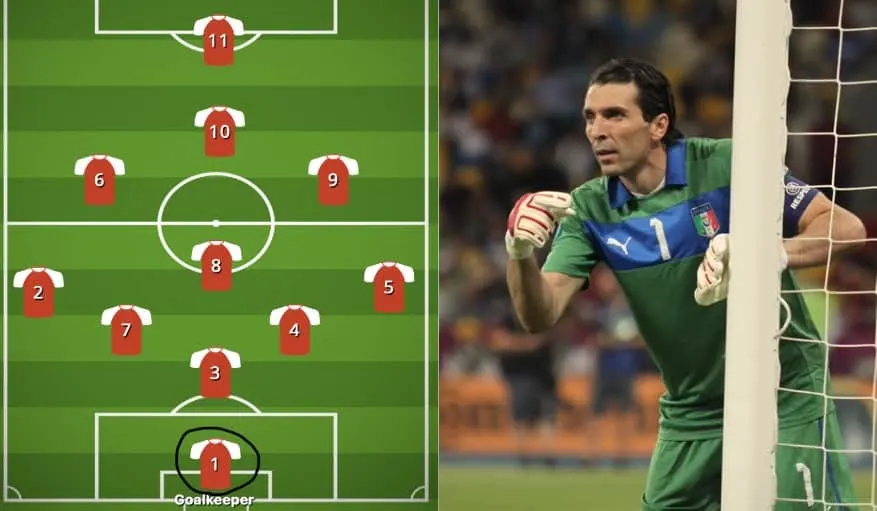
While the mental aspects of the position are vital, quarterbacks must also possess the physical tools to succeed. They endure relentless hits and sacks from opposing defenses, requiring them to be both physically strong and durable. The ability to withstand these hits and keep playing at a high level is a testament to the toughness of quarterbacks.
In addition to the physical punishment, quarterbacks must also balance explosive throwing power with precision and accuracy. They must be able to accurately deliver the ball to their intended target, often threading it through tight windows and anticipating the movements of receivers. This level of accuracy requires a tremendous amount of skill and practice.
III. The Battle in the Trenches: The Demands of Offensive and Defensive Linemen
A. Offensive linemen: Protecting and creating opportunities for the team
The offensive linemen play a crucial role in the success of the quarterback and the offense as a whole. Their primary responsibility is to protect the quarterback from opposing defenders, giving them enough time to make their reads and deliver the ball. This requires strong blocking techniques and footwork, as well as constant communication and coordination with fellow linemen.
Moreover, offensive linemen also create opportunities for the team by opening up running lanes for the running backs. Their ability to control the line of scrimmage and create holes for the ball carriers is instrumental in the success of the offense.
Enduring physical strain and maintaining stamina throughout a game is another demand placed on offensive linemen. They engage in a constant battle of strength and endurance against the opposing defensive line, requiring them to be in top physical condition.
B. Defensive linemen: Disrupting the opposition’s offense and creating havoc
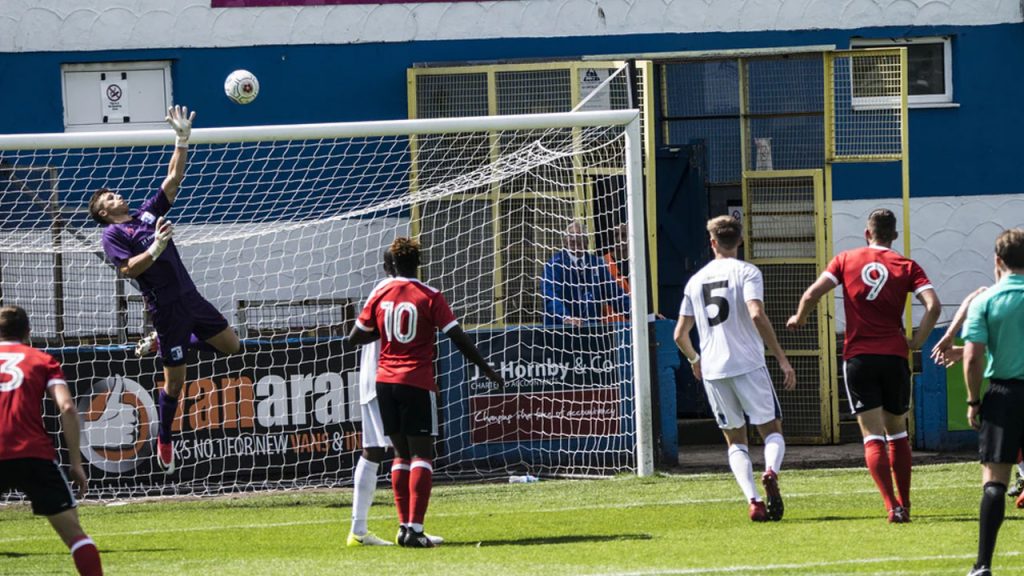
On the defensive side of the ball, linemen play a pivotal role in disrupting the opponent’s offense. Their primary objective is to break through the offensive line and disrupt the timing and rhythm of the quarterback. Defensive linemen must fight through offensive blocks with strength and agility to get to the quarterback and disrupt passing plays.
Additionally, defensive linemen must make split-second decisions in fast-paced, high-pressure situations. They must identify the play quickly, react accordingly, and effectively use their instincts to make tackles or force turnovers. This requires a combination of physical prowess, mental acuity, and exceptional football IQ.
IV. The Grit of Linebackers: The Heart and Soul of the Defense
A. The versatility and skill set of linebackers
Responsibilities in both pass coverage and run defense: Linebackers have the unique ability to excel in both pass coverage and run defense. In pass coverage, they are responsible for dropping into zones, man-to-man coverage, or even blitzing the quarterback. Their agility and speed allow them to cover tight ends, running backs, and even wide receivers effectively. Furthermore, linebackers must possess the instinct and awareness to disrupt passing lanes and make interceptions.
When it comes to run defense, linebackers play a crucial role in clogging gaps, shedding blockers, and delivering bone-crushing tackles. Their strength, agility, and tackling prowess make them adept at filling holes and stopping running backs in their tracks. Linebackers must be able to read offensive schemes, anticipate plays, and react quickly to shut down any running game.
Balancing physicality with agility in pursuit of the ball carrier: Linebackers showcase a unique blend of physicality and agility, making them formidable weapons on the field. They must possess the brute force required to tackle ball carriers and shed blocks, while also having the agility to change direction rapidly and chase down elusive runners. Linebackers need to exhibit excellent footwork and coordination to navigate through traffic and make effective tackles, ensuring their team’s defense remains rock-solid.
B. The mental challenges and leadership required of linebackers
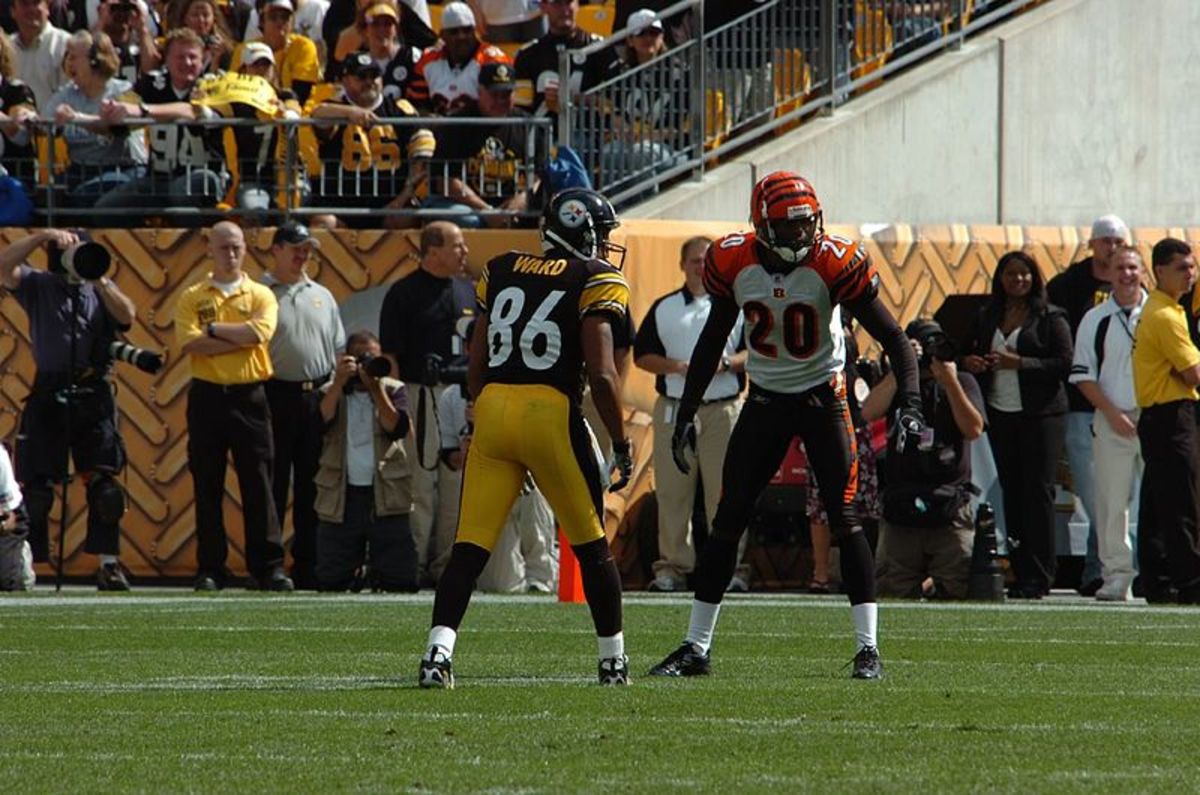
Quick decision-making and play recognition: Linebackers hold immense responsibility in analyzing offensive formations, interpreting play calls, and quickly making split-second decisions. Acting as the quarterback of the defense, they must anticipate the opposing team’s play and adjust accordingly. This requires an exceptional football IQ, film study, and a deep understanding of the opponent’s tendencies. By identifying key cues, recognizing offensive patterns, and reacting swiftly, linebackers can disrupt plays and turn the tide in favor of their team.
Communicating with the defense and adjusting strategies on the fly: Linebackers are not only responsible for executing their individual assignments but also for coordinating the defense as a whole. They must effectively communicate with their fellow linebackers, defensive linemen, and defensive backs to ensure everyone is aligned and aware of their respective responsibilities. Linebackers’ on-field presence and vocal leadership play a vital role in organizing the defense, calling audibles, and adjusting strategies on the fly. Their ability to rally the team, motivate their fellow players, and inspire a relentless pursuit of victory can be a game-changer.
Conclusion:
Linebackers epitomize what it means to have grit and determination on the football field. Their versatility, skill set, mental acuity, and leadership qualities make them the backbone of any defense. Their ability to seamlessly transition between pass coverage and run defense, while efficiently balancing physicality with agility, showcases their exceptional capabilities. Moreover, their quick decision-making, play recognition, effective communication, and adaptive leadership make them the heartbeat of the defense. It is through the commitment, dedication, and unwavering grit of linebackers that the team’s defensive prowess is elevated to new heights.
